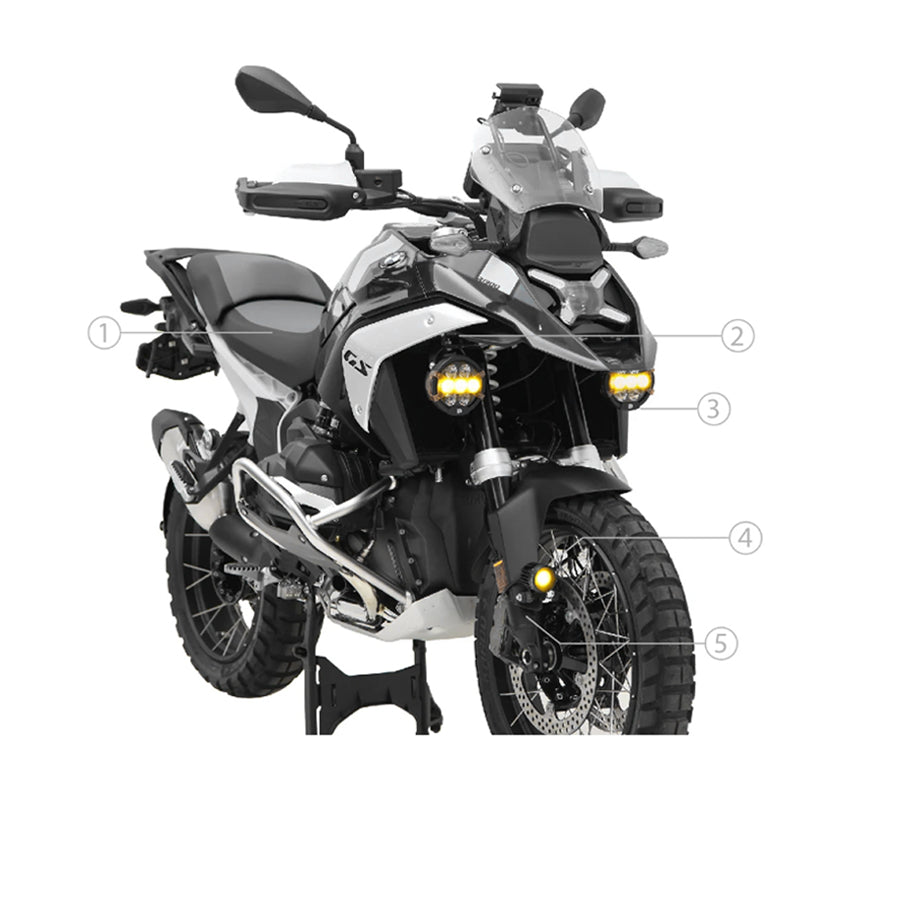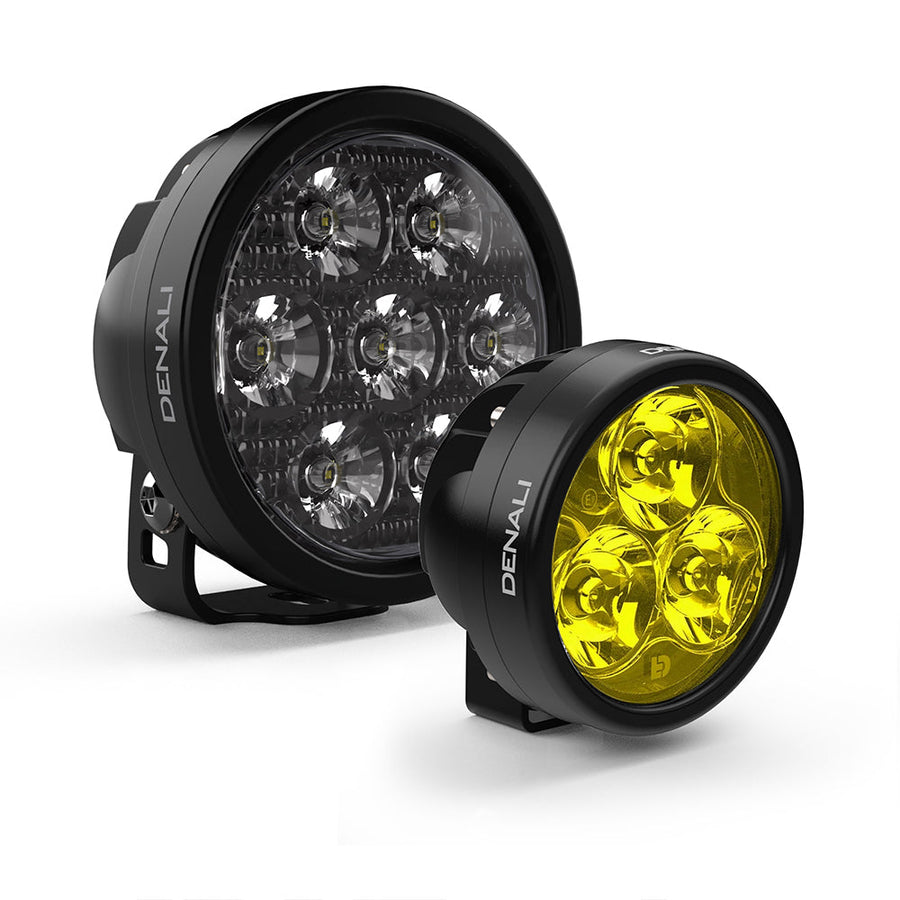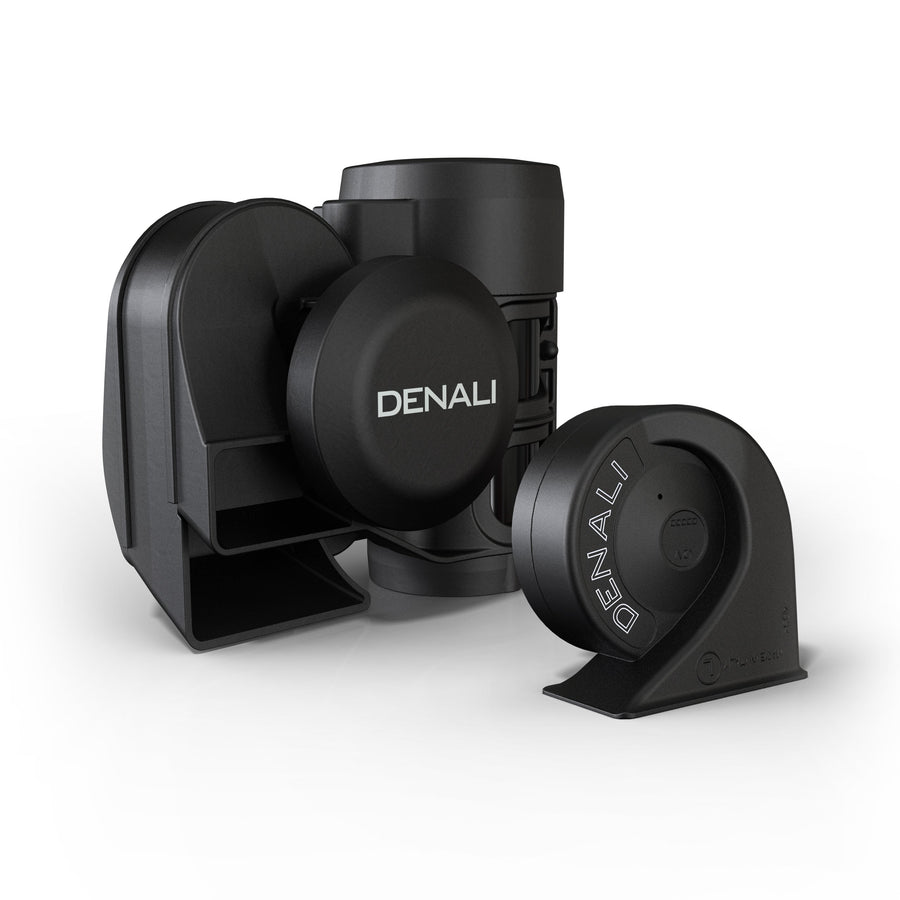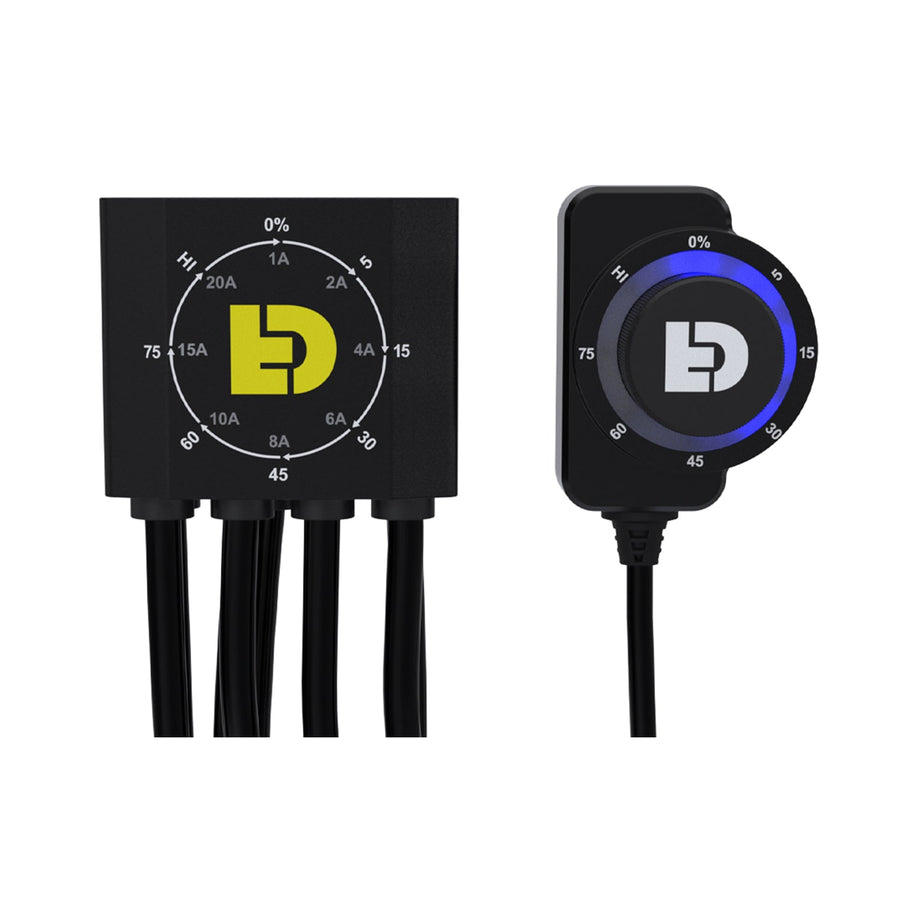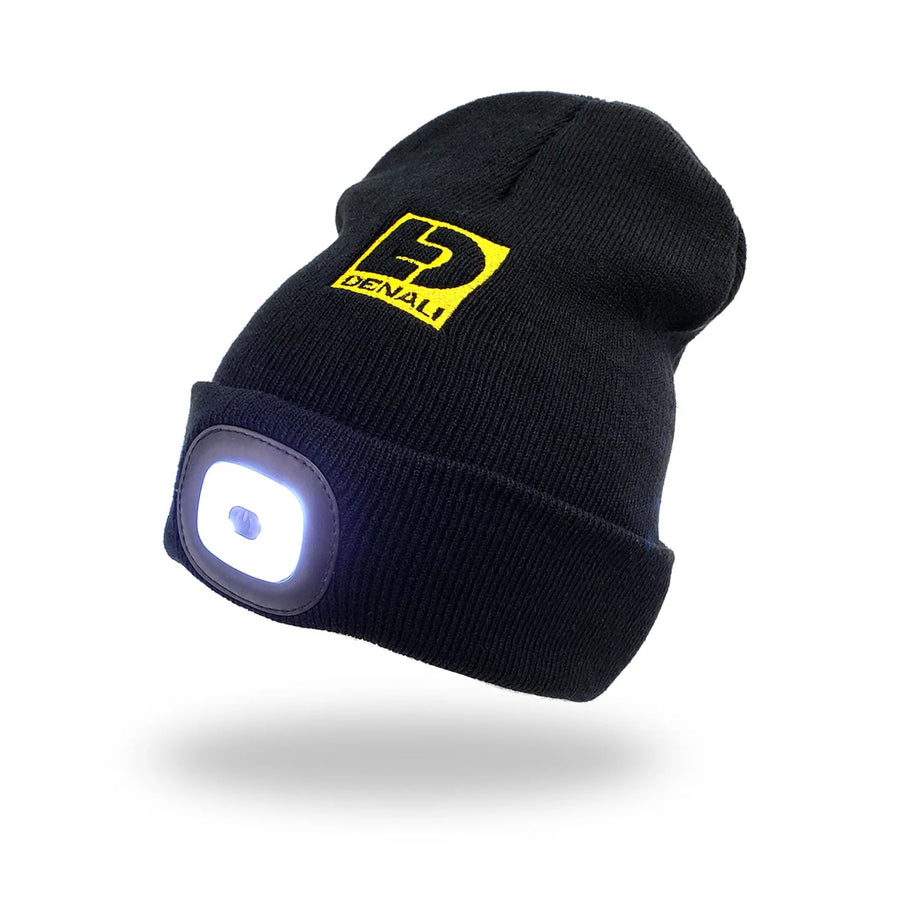What Do I Need to Install Lights on a Motorcycle, Truck, or 4x4
October 11 2021

Adding auxiliary lighting to your vehicle is a simple and easy project that you can finish in an afternoon. Completing projects on your motorcycle or truck is a great way to learn more about your vehicle and gain confidence for future repairs. Installing an extra set of lights is as simple as picking out lights, mounting the lights, and wiring the lights. Keep reading to learn what you need and how to install a set of DENALI lights on your rig.

Pick Out the Right Set of Auxiliary Lights
Picking out a set of lights for your vehicle is easy. Lights should be selected based on desired performance, the type of environment that the lights will be used in, and the size requirements of where you plan to mount the lights.
READ MORE: The Best Color for Off-Road Lights on Your Motorcycle or 4x4
Performance is often the simplest deciding factor when choosing a set of lights. We suggest installing the most powerful light that your electrical system and wallet can support. Some select motorcycles, like the first generation Kawasaki KLR, don’t quite have the electrical capacity to support big amp draws from big accessories. In that case, we suggest going with a smaller light like the 20-watt DENALI D2. A pair of D2’s draws a tiny 1.6 amps and is small enough to mount in the most compact areas of a motorcycle.
Other vehicles, like a Toyota Tacoma, have plenty of electrical capacity to add several sets of lights without taxing the electrical system. In the case of the Tacoma, consider your budget and then purchase a balanced lighting package that covers both close-range and long distance. If your budget allows for two pairs of lights, we suggest replacing your factory fog lights with a set of DENALI D3’s. The D3 is a power house fog light that will light up the area directly in front of your truck and the areas to each side. Additionally, the D3 is SAE/DOT and ECE street-legal. For the second set, we recommend a long-range driving light beam such as the DENALI D7. A pair of D7’s produces over 15,000 lumens with a beam distance of nearly 3/10 of a mile!
Mounting Auxiliary Lights
Choosing a proper mounting location and mount for your lights is critical. You will want to install your lights in a location that provides the best performance for the type of light that you chose. For example, fog lights should be low and wide on the front bumper of an automobile and on either side of the front fender on a bike.
After finding a location to mount your lights, choose a mounting solution that works best for your vehicle and mounting location. We offer a wide range of mounts, both universal and vehicle specific, to make mounting your lights extremely simple. If you are adding a pair of lights to a bike like the BMW 1250 GS, you will find our Driving Light Mount to be a perfect solution for keeping your lights close to the fairing and aimed properly.
For more creative installations, we recommend reviewing our bar clamp, flat and L-bracket mounts to find the best solution for your vehicle.
We strongly recommend using medium strength liquid thread locker on all screws, nuts, and bolts. It is also important to ensure that all hardware is tightened to the proper torque specifications as listed in your owner’s manual.
Wiring Auxiliary Lights
Once your lights are mounted, it is time to connect the lights to your vehicle’s electrical system. We have made this part especially easy with our Wiring Harness Kits, because no one likes cobbling together a bunch of wires, relays, and connectors. DENALI Wiring Harness Kits for both powersports and automotive applications take the guesswork out of wiring up your lights. No one wants to guess when the chance of an electrical fire hangs in the balance.
The DENALI Wiring Harness Kits make wiring your lights extremely easy.
Connect the power and ground ring terminals to your battery
Connect the white trigger wire to the positive wire of your vehicles low beam circuit or any other switched 12 volt circuit
If running Dual Intensity Controller: Connect the blue high beam trigger wire to the positive wire of your vehicle's high beam circuit.
Connect the light ends of the harness to your lights.
Secure any excess wiring with zip ties and mount your relay and controller in a secure location.

